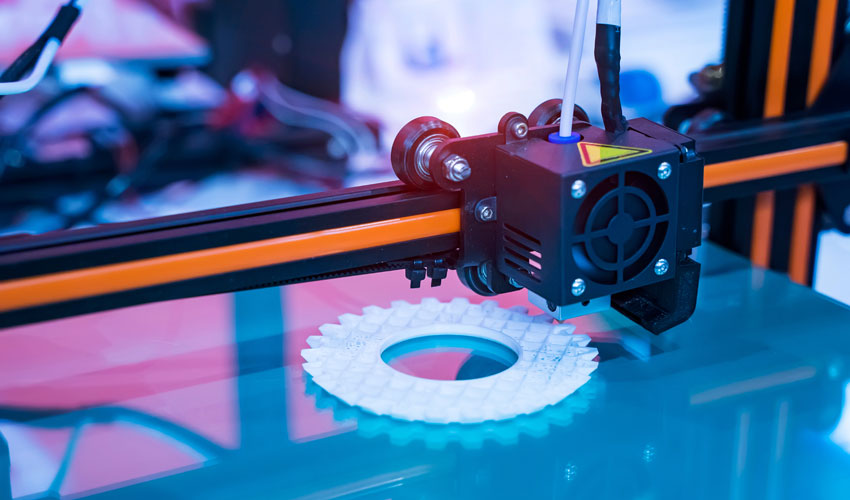- Chairman's Welcome
- Computer Engineering Program
- Program Educational Objectives
- Student Outcomes
- Enrollment and Graduation
- Program Assessment
- Faculty and Staff
- Undergraduate Program
- Academic Advisors
- Research Capabilities
- Advisory Board
- Student Organizations
- Alumni
- Events
- College of Sciences & Engineering
- SU Cadence Membership
MEEN 252 (Computer-Aided Design)

MEEN 252 (Computer-Aided Design) - Module-2 Introduction
Cyber-Physical Systems, HMI, and M2M Interaction
This module will provide students with the knowledge of Cyber-Physical Systems (CPS), Human-machine Interface (HMI), and Machine to Machine (M2M) and their importance in Engineering. The module will discuss the importance of the security issue of the CPS.
A Cyber-Physical System (CPS) is a computer system in which a mechanism is controlled or monitored by computer-based algorithms. In cyber-physical systems, physical and software components are deeply overlapped, able to operate on different spatial and temporal scales, exhibiting multiple and distinct behavioral modalities, and interacting with each other in ways that change with context. Examples of CPS include smart grid, autonomous automobile systems, medical monitoring, industrial control systems, robotics systems, and automatic pilot avionics.
Unlike more traditional embedded systems, a CPS is typically designed as a network of interacting elements with physical input and output instead of as standalone devices. The notion is closely tied to concepts of robotics and sensor networks. Ongoing advances in science and engineering improve the link between computational and physical elements using intelligent mechanisms, increasing the adaptability, autonomy, efficiency, functionality, reliability, safety, and usability of cyber-physical systems. This will broaden the potential of cyber-physical systems in several directions, including intervention (e.g., collision avoidance); precision (e.g., robotic surgery and nano-level manufacturing); and augmentation of human capabilities (e.g. in healthcare monitoring and delivery).
The user interface (UI), in the industrial design field of human-computer interaction, is the space where interactions between humans and machines occur. Generally, the goal of user interface design is to produce a user interface that makes it easy, efficient, and enjoyable (user-friendly) to operate a machine in the way which produces the desired result. This generally means that the operator needs to provide minimal input to achieve the desired output, and also that the machine minimizes undesired outputs to the human.
User interfaces are composed of one or more layers including a human-machine interface (HMI) that interfaces machines with physical input hardware such as keyboards, mice, gamepads, and output hardware such as computer monitors, speakers, and printers. A device that implements an HMI is called a human interface device (HID). Other terms for human-machine interfaces are man-machine interface (MMI) and when the machine in question is a computer human-computer interface. Additional UI layers may interact with one or more human senses, including tactile UI (touch), visual UI (sight), auditory UI (sound), olfactory UI (smell), equilibrial UI (balance), and gustatory UI (taste).
[Source: https://en.wikipedia.org/wiki/Cyber-physical_system].
Module-1 Review
Module-2 Videos
The following are useful videos to help students understand the concepts of Module 2:
Cyber Physical Systems
Human Machine Interface (HMI)
Machine to Machine Communication (M2M)
Module-2 Project
To be announced soon.
